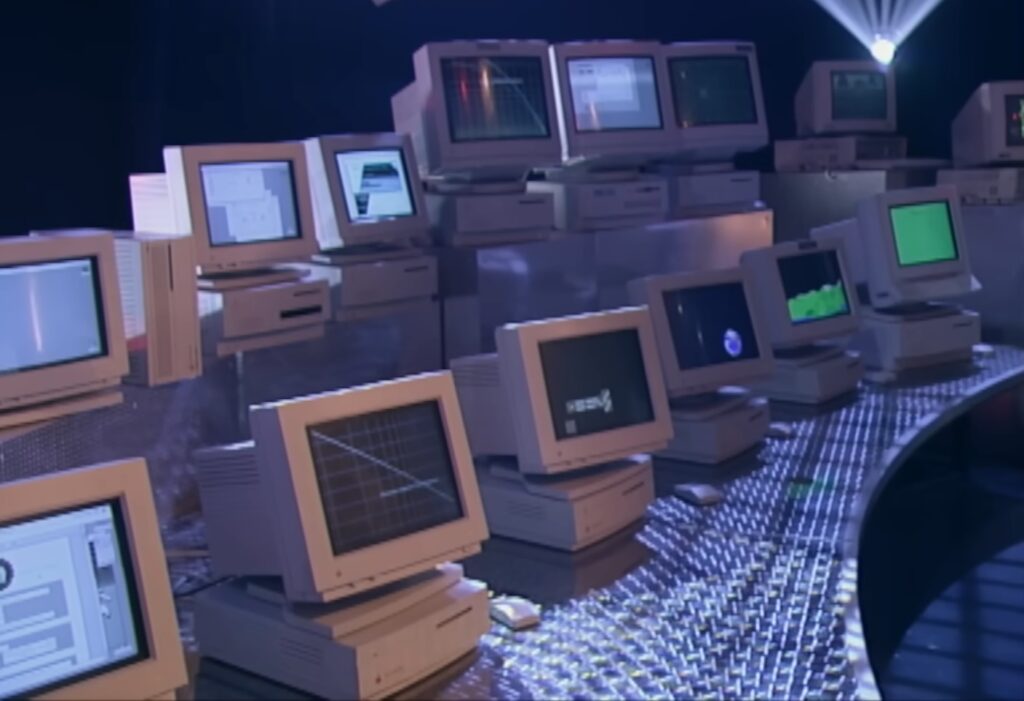
In the early days of the internet, internet speeds were a far cry from the high-speed connections we enjoy today. Slow dial-up connections dominated the landscape, causing frustration for users who had to endure long waits for web pages to load and downloads to complete. However, the introduction of broadband technology revolutionized internet speeds and transformed the user experience. In this article, we will explore how broadband transformed internet speeds in the early days and revolutionized the way people accessed and experienced the internet.
What is Broadband?
Broadband refers to high-speed internet connections that offer significantly faster speeds compared to traditional dial-up connections. It provides always-on connectivity, allowing users to access the internet without having to dial in each time. Broadband utilizes various technologies, such as Digital Subscriber Line (DSL), cable, fiber optics, and satellite, to deliver fast and reliable internet connections.
The Need for Speed
In the early days of the internet, dial-up connections were the primary means of accessing the online world. However, dial-up connections had limited speeds, typically reaching a maximum of 56 kilobits per second (Kbps). This slow speed severely limited the user experience, making tasks like web browsing, downloading files, and streaming media a time-consuming and frustrating process.
Dial-Up vs. Broadband
The introduction of broadband technology brought a dramatic change to internet speeds and user experience. Unlike dial-up, which relied on telephone lines and modems, broadband utilized advanced technologies to transmit data at much higher speeds. With broadband, users could enjoy significantly faster download and upload speeds, smoother web browsing, and improved multimedia streaming.
DSL: Broadband over Phone Lines
Digital Subscriber Line (DSL) was one of the first broadband technologies to gain widespread popularity. It transformed the existing telephone infrastructure to deliver high-speed internet access. DSL utilized unused frequencies on traditional copper telephone lines to transmit data while allowing simultaneous voice calls. This technology enabled faster internet speeds, ranging from a few megabits per second (Mbps) to tens of Mbps, depending on the distance from the telephone exchange.
Cable Internet: Bringing Speeds to the Masses
Cable internet, another popular broadband technology, revolutionized internet speeds and accessibility. Cable internet leveraged the existing cable television infrastructure to deliver high-speed internet connections. Unlike DSL, which provided dedicated bandwidth to each subscriber, cable internet shared bandwidth among multiple users in a given area. Cable internet offered faster speeds than dial-up and DSL, typically ranging from a few Mbps to over a hundred Mbps, depending on the network capacity and subscription plan.
Fiber Optics: Unleashing Lightning-Fast Speeds
Fiber optic technology took broadband speeds to a whole new level. Fiber optic cables use thin strands of glass or plastic to transmit data as pulses of light. This technology offers significantly higher bandwidth and virtually unlimited data capacity. With fiber optic connections, users can experience lightning-fast speeds, often ranging from hundreds of Mbps to gigabits per second (Gbps). Fiber optics enable faster downloads, smoother streaming, and enhanced online experiences, making it the gold standard for high-speed internet connections.
The Impact on User Experience
The introduction of broadband technology revolutionized the way people accessed and experienced the internet. Faster internet speeds meant web pages loaded more quickly, downloads completed in a fraction of the time, and streaming media became seamless and buffer-free. Users could engage in online activities with ease, including video conferencing, online gaming, and multimedia-rich websites. The user experience was transformed, and the internet became a more immersive and interactive platform.
Broadband’s Influence on Internet Applications
Broadband’s high-speed connectivity paved the way for the development of new internet applications and services. With faster speeds, cloud-based storage and computing became feasible, enabling users to store and access data remotely. Video streaming services like YouTube and Netflix gained popularity, as users could now enjoy high-quality video content without buffering issues. E-commerce flourished as online shopping became more convenient and efficient. Social media platforms, online collaboration tools, and many other internet applications benefited from the increased speeds offered by broadband.
The introduction of broadband technology in the early days of the internet revolutionized internet speeds and transformed the user experience. The shift from dial-up to broadband brought faster download and upload speeds, smoother web browsing, and improved multimedia streaming. Technologies like DSL, cable internet, and fiber optics played pivotal roles in delivering high-speed connections to users. Broadband’s impact went beyond speed; it shaped the development of new internet applications and services, revolutionizing the way people interacted with the online world. Today, broadband continues to evolve, providing even faster speeds and enabling innovative technologies that drive the digital landscape forward.